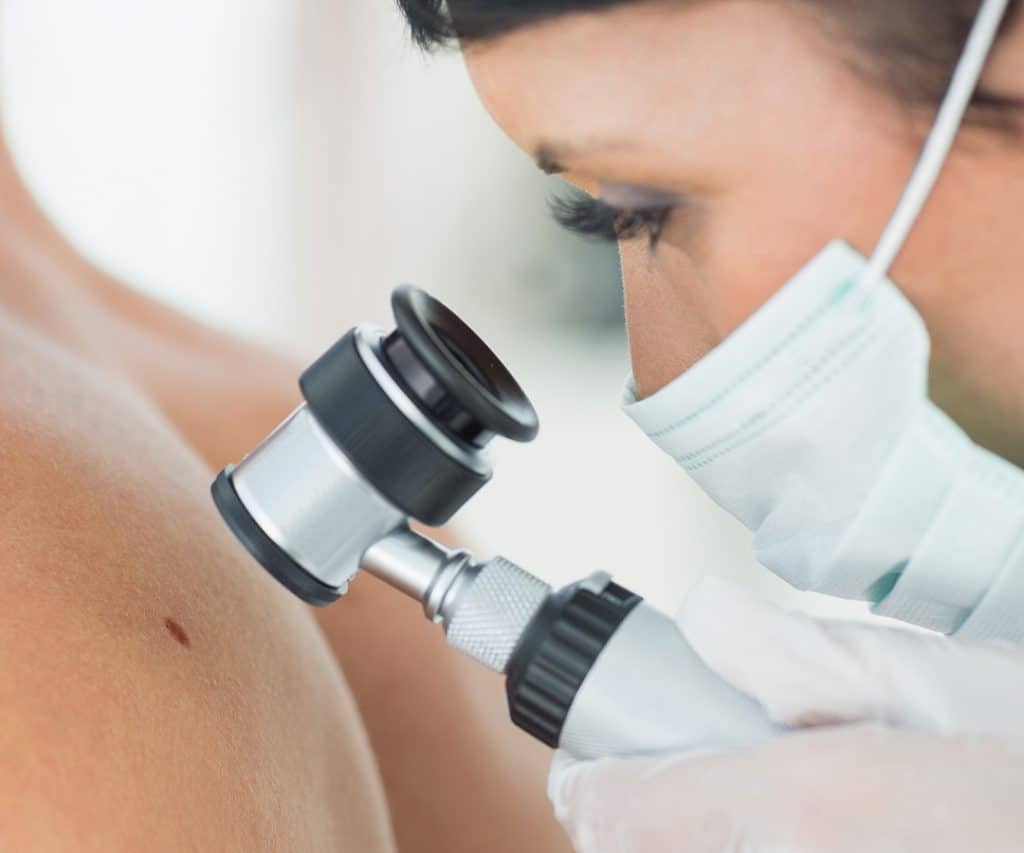What Is the Purpose of Dermoscopy in Mole Evaluation?
Skin moles are common, and most are harmless. However, changes in their shape, color, or size can sometimes signal underlying issues, including skin cancer. Early detection is crucial, and that’s where dermoscopy comes in—a non-invasive technique that allows for a closer, more detailed look at skin lesions. In recent years, Dermoscopy Mole Evaluation in Dubai has become a trusted method for identifying suspicious moles with precision and care. This technique is especially valuable in a city like Dubai, where sun exposure is high and skin health is a growing concern.
What Is Dermoscopy?
Dermoscopy, also known as dermatoscopy or epiluminescence microscopy, is a diagnostic tool used to examine skin lesions with enhanced clarity. It involves a handheld device equipped with magnification and polarized light, allowing practitioners to see beneath the skin’s surface.This deeper view reveals pigment patterns, vascular structures, and other features that aren’t visible to the naked eye. As a result, dermoscopy helps distinguish between benign moles and those that may require further investigation.

How Dermoscopy Enhances Mole Evaluation
Dermoscopy improves mole evaluation in several key ways:
- Increased accuracy: Helps differentiate between harmless and potentially dangerous lesions.
- Early detection: Identifies subtle changes before they become visible on the surface.
- Non-invasive: No cutting, scraping, or discomfort involved.
- Real-time analysis: Immediate insights during routine skin checks.
This technology has revolutionized dermatology by reducing unnecessary biopsies and improving diagnostic confidence.
Who Should Consider Dermoscopy?
Dermoscopy is beneficial for anyone concerned about their skin health, especially those with:
- A large number of moles
- A personal or family history of skin cancer
- Fair skin or frequent sun exposure
- Changing or irregular moles
It’s also useful for routine skin checks, even if no symptoms are present. Prevention and early detection are key to maintaining healthy skin.
How Dermoscopy Works During an Exam
During a dermoscopy exam, the practitioner places the device directly on the skin. The polarized light and magnification reveal intricate details of the mole’s structure. These patterns are then analyzed to determine whether the mole is benign, atypical, or suspicious.In some cases, digital dermoscopy may be used to capture and store images for future comparison. This helps track changes over time and supports long-term skin monitoring.
What Dermoscopy Can Reveal
Dermoscopy can uncover a variety of features, including:
- Pigment networks: Indicate the distribution of melanin.
- Dots and globules: May suggest abnormal growth.
- Streaks or lines: Can be signs of malignancy.
- Vascular patterns: Help differentiate between types of lesions.
These visual clues guide practitioners in making informed decisions about next steps, whether it’s monitoring, biopsy, or removal.
Is Dermoscopy Safe and Comfortable?
Yes, dermoscopy is completely safe and painless. There’s no radiation, no skin damage, and no recovery time. It’s suitable for all ages and skin types, making it an ideal choice for regular mole evaluations.
Why Choose Dermoscopy Mole Evaluation in Dubai
Dubai’s dermatology clinics are known for their advanced technology and commitment to skin health. Dermoscopy Mole Evaluation Dubai is performed using state-of-the-art equipment and tailored protocols to suit each individual’s needs. Whether you're a resident or visiting, the city offers access to world-class care in a comfortable and professional setting.
Final Thoughts
Dermoscopy has transformed the way moles are evaluated, offering a safe, accurate, and non-invasive method for early detection. By revealing what lies beneath the surface, it empowers individuals to take control of their skin health. If you’re in Dubai and looking for a reliable way to monitor your moles, dermoscopy might be the smart step forward.
